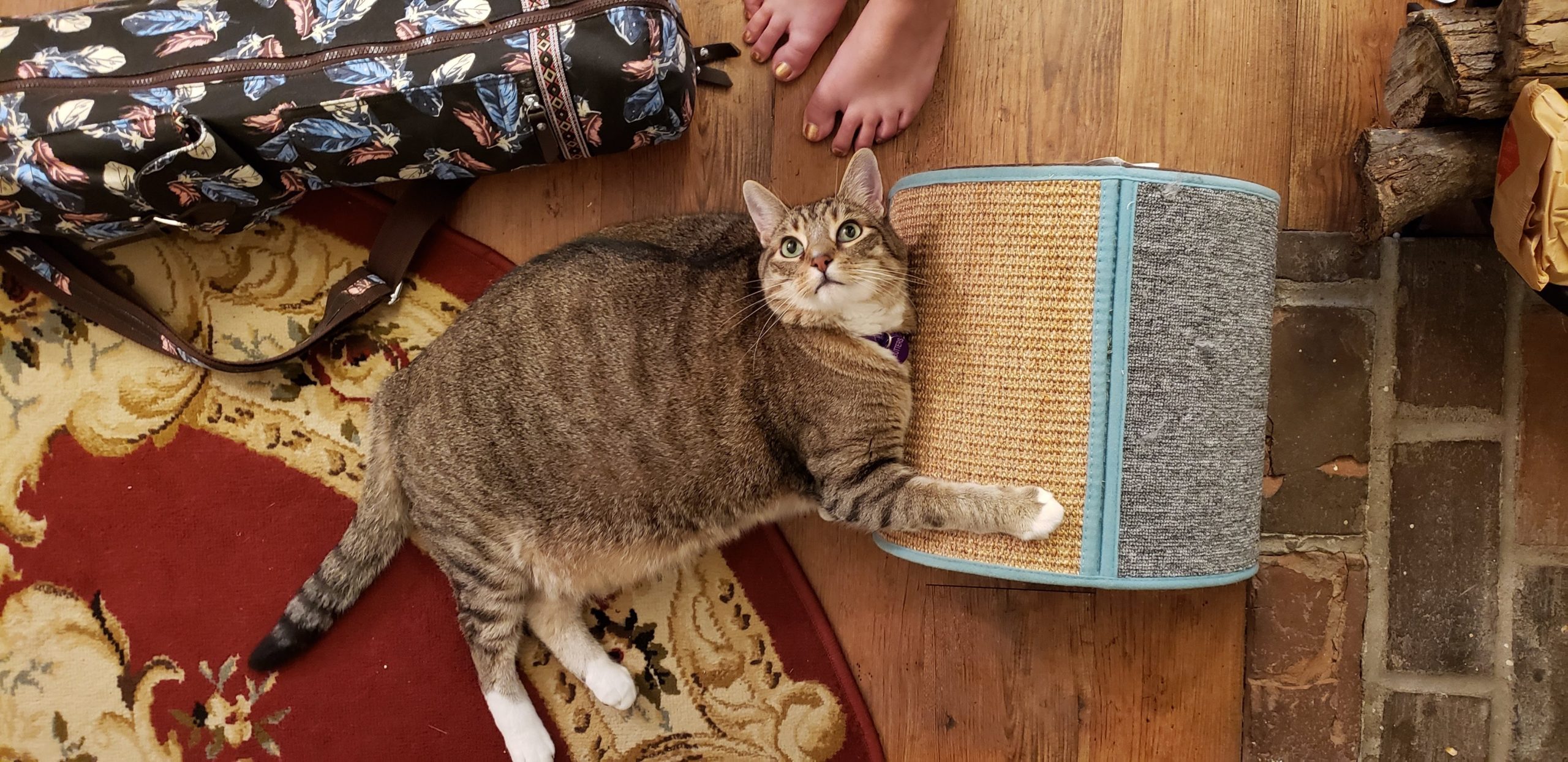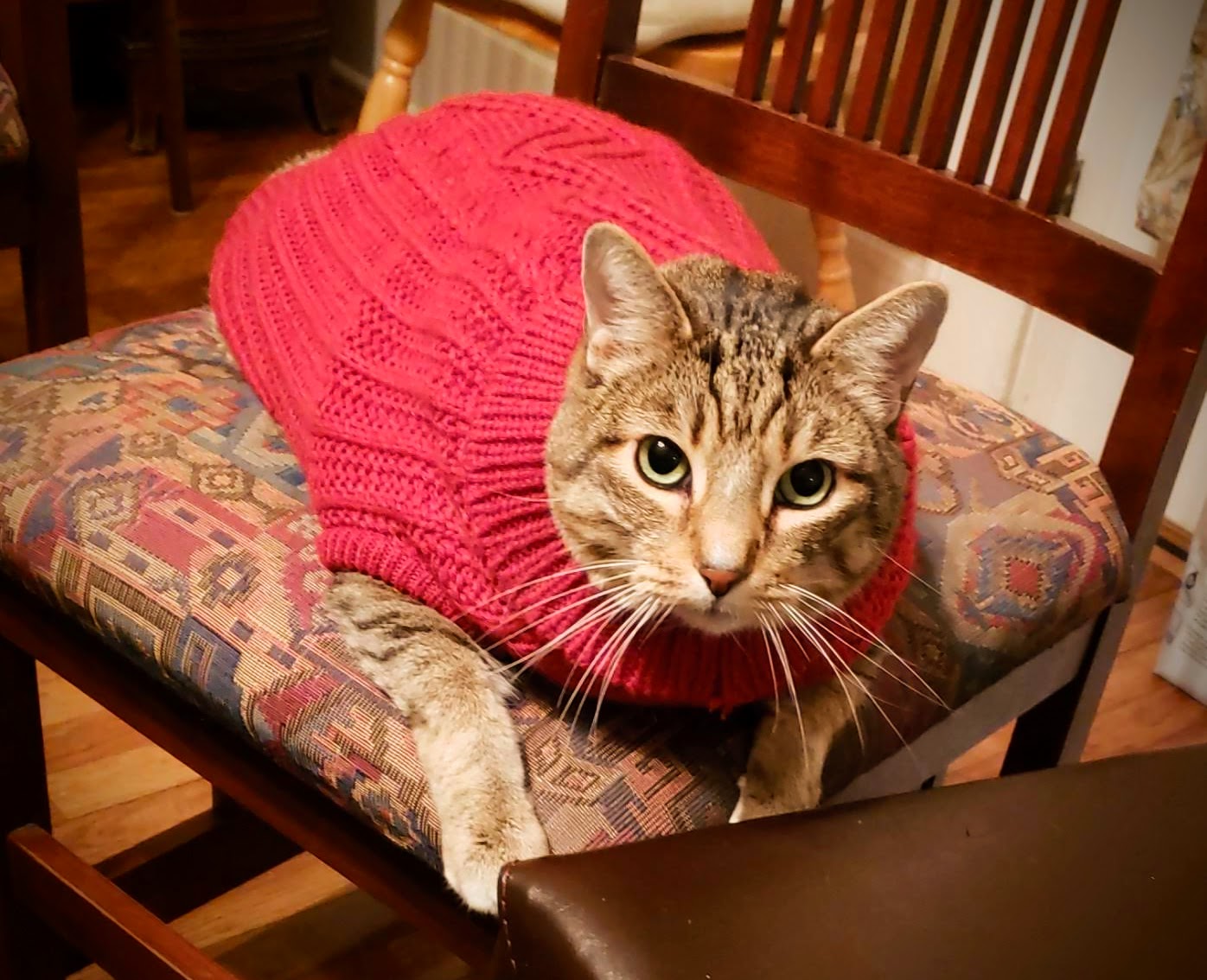This is a popular time of the year for adding furry friends to your family. While there are practically infinite resources out there with advice for new cat parents, I have by request tried to distill some essential points for these mewly-minted owners. Experienced cat parents are also welcome to read and possibly learn! These are based on my own research and experience as a sudden rookie pet owner. I have broken it down into several easily-digestible (GET IT) parts. First up is CAT FOOD.
Cat Food
Let’s start with the basics. Your cat will need food and water. This is non-negotiable. What is negotiable is exactly what you feed your cat. There are so many options available now, from MeowMix to organically-sourced grain-free single-origin probably-artisanal fresh raw food. As this hilarious Atlantic article points out (using the phrase “human-quality meat” in a way that made me do a double take), there’s a growing trend for super high quality pet food. Gone are the days of merely choosing between canned or kibble. Now there are also raw and freeze-dried raw options, and for each of these categories there are o p t i o n s.
Nutrition is a wonderfully murky subject, full of misleading claims and questionable research funded by Interested Parties. In the human world, Big Sugar (and Corn) successfully led a charge against Fat for decades that’s only lately being dismantled. The food pyramid that you probably grew up with is now a plate with a much smaller portion of carbs. With all the research that has gone into human dietary needs constantly changing the picture, it can be hard to know what to feed yourself, let alone your cat.
To Feed, or Not To Feed
Because pet food isn’t governed nearly as strictly as human-grade food, the industry is a bit of Wild West free-for-all. The FDA does have rules for nutritional labels, and there are some regulations established by the Association of American Feed Control Officials that many pet food companies opt into. However, what is good for your cat? There are lots of articles online about feeding to your pet’s natural diets: as cats in the wild are carnivores, then you should feed your pet cat meat only. Because they are carnivores, they can’t digest plant-based proteins. Therefore, you shouldn’t feed your cat those foods that have a ton of grains in them. Right?
On the other hand, these carbs can probably be processed in such a way that your cat will be able to derive adequate nutritional content from them. On the other other hand, many of these studies are funded by and pushed forward by Big Pet Food companies who have a vested interest in keeping their traditional grainy kibbles on the market. Similarly, many veterinarians are sponsored by Big Pet Food companies. This isn’t to say that your vet doesn’t know what she’s talking about when she recommends food, though: almost all vet med programs in the U.S. include some kind of nutrition course.
So, what on earth should you feed your cat?
Feed within your budget, for starters. There’s no point in going broke trying to feed your cat. I would personally avoid the bottom-shelf options, which use fillers like cellulose which is literally sawdust. I don’t know, maybe it is digestible, but I just feel like maybe we can serve our furry overlords better than that. Try to find a food with meat as its first ingredient, or at least the second ingredient. There are a lot of options out there that use human-food fads as a selling point: be aware that the healthy thing for you to eat isn’t always healthy for a cat.
Another consideration is ease of feeding. Kibble is the easiest form of food to feed your cat. It’s completely shelf and bowl stable, and you don’t need to do any prep work with it. Canned is the next easiest: all you really need to do is pop it open and plop it down. Your cat might appreciate some presentation (aka break it down so it doesn’t look like the classic cranberry sauce at Thanksgiving), and maybe warm it up. If you don’t feed the whole can, refrigerate it. Frozen is a little more work than canned, as you have to defrost and warm it each time. However, it’s still pretty easy with a microwave. (Without a microwave is, I can attest, a slightly more laborious endeavor.) Raw is basically as easy as canned, unless you make yourself. It is however much less shelf-stable.
Decide which of these fits your lifestyle best. Most companies make multiple options, so if you find a brand you like you can explore their options easily.
How should you feed your cat?
I think this is a more important consideration than just what. Sure there are some cats out there that do fine with a full bowl of food and are able to self-moderate, but I don’t think they’re the majority. And even if your cat does well with that, I will gently suggest considering an alternate feeding strategy.
First off, it’s important to monitor how much food your cat eats or doesn’t eat. Loss of appetite is a common symptom of Something Wrong, so you’ll want to know about it as soon as possible. This is more difficult if you use the full-bowl method of feeding. On the other end of the spectrum, if your cat is anything at all like my Sweet Butter Boy, you will need to portion their food for them. As of 2018, about 60% of cats were overweight. Make sure you know how much you should be feeding your cat, and stick to that amount.
Secondly, be aware that while your cat probably appreciates sitting down to a bowl full of food, this isn’t necessarily the best way to feed them. Cats still have all their old wild hunting instincts. Making more of a game out of mealtime might be much better for your kitten! This includes things like feeder balls, puzzle bowls, or hidden kibble mice. It takes some work to get your bowl-fed cat used to other feeding methods, but they’re often happier for it. These are also great for slowing down scarfers!
Water
For all cats, but especially for kibble-eaters, it’s essential to have access to fresh water. They can get much of their moisture requirements from canned or raw foods, but not all. If your cat isn’t interested in her water bowl, there are a few things you should check.
One, don’t place the water bowl next to the food bowl. Cats instinctually avoid drinking where they eat. Two, make sure that the water is actually fresh. You should really change the water and wash the bowl about every other day. Three, consider getting a pet fountain. I know this seems a little ostentatious, but if your cat is still eschewing his bowl of water for drinking out of faucets, it might be that he would prefer to drink moving water. Again, this is an instinctual thing: moving water is safer to drink than still. Four, don’t put the bowl in a corner. Especially if you have multiple cats, don’t place the water where they’re forced to turn their back on the room to drink. Drinking is an inherently vulnerable state, so try to give your cats a defensible from which to partake. (This goes for food as well.)
Where I live, we have very hard water. I switched to using filtered water for Butters, and he now has less eye boogers. Just a little anecdote for you.
My Thoughts on Cat Food
I have tried many different options for feeding Mr. Butters. He’s a Fat Cat, so the goal for him is always weight loss. He was on a prescription diet food for a while, but that was having exactly zero effect, so I switched to a high-protein grain-free food. He is now down about five pounds, and has a super healthy pelt (no more dry skin!) and is more active on this food. I feed kibble because we play a lot of games with his food, and you just really can’t toss around canned food like you can kibbles.
Ultimately, find what works for both you and your cat. Many cats do have dietary sensitivities, which often manifest as flaky skin or G.I. issues. If your cat has these problems, you can try experimenting with different protein sources (chicken vs. fish vs. duck) [are ducks fish chickens?] or different additives/binding agents (corn vs. soy vs. peas). Also, do consult your veterinarian. They know more about cat health than Google does.



Excellent advice! My cats weren’t too keen on the food puzzle, but I’ going to keep at it.